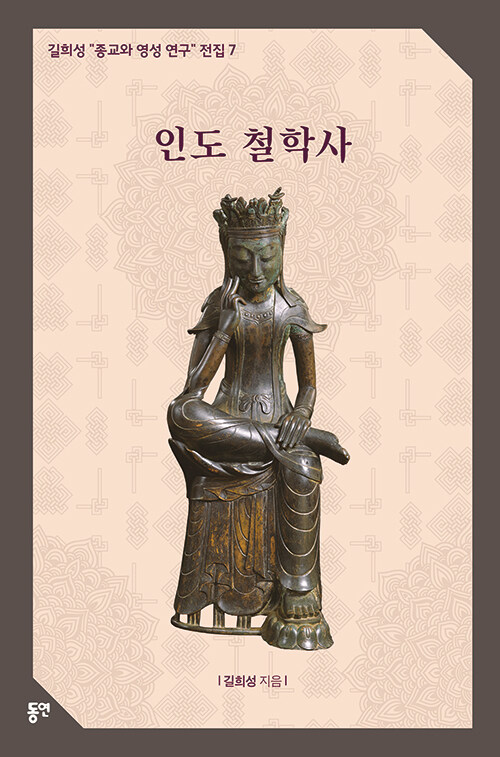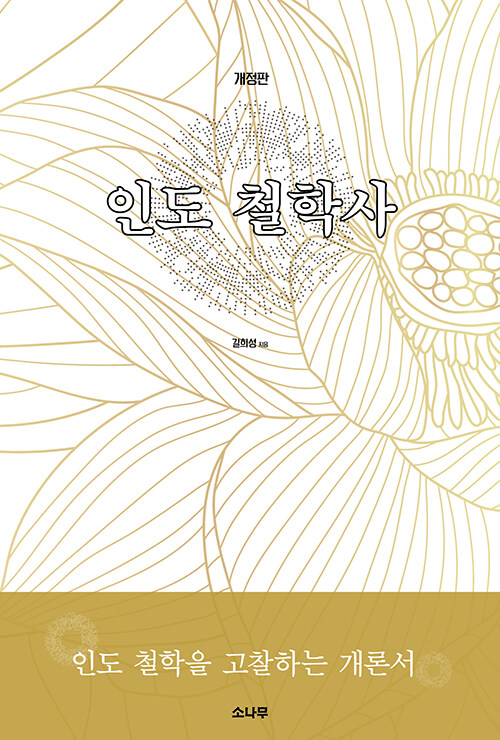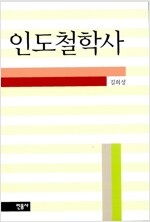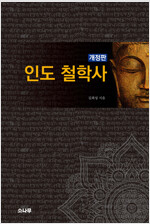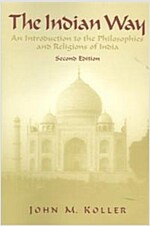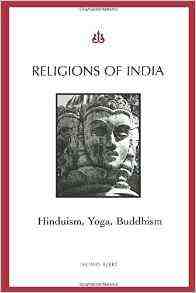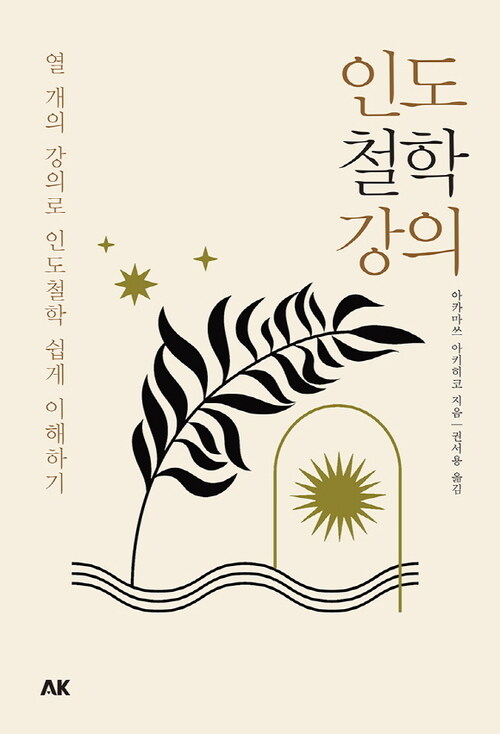
Indian Thoughts and Its Development: Schweitzer, Albert: 9781443722186: Amazon.com: Books
Kindle
from $9.99
Hardcover
from $44.58
Paperback
from $25.00
As an alternative, the Kindle eBook is available now and can be read on any device with the free Kindle app.

Roll over image to zoom in
Indian Thoughts and Its Development Hardcover – November 4, 2008
by Albert Schweitzer (Author)
5.0 5.0 out of 5 stars 1 rating
3.5 on Goodreads
22 ratings
I have written this short account of Indian Thought and its Development in the hope that it may help people in Europe to become better acquainted than they are at present with the ideas it stands for and the great personalities in whom these ideas are embodied. To gain an insight into Indian thought, and to analyse it and discuss our differences, must necessarily make European thought clearer and richer. If we really want to understand the thought of India we must get clear about the problems it has to face and how it deals with them. What we have to do is to set forth and explain the process of development it has passed through from the time of the Vedic hymns down to the present day. I am fully conscious of the difficulty of describing definite lines of development in a philosophy which possesses in so remarkable a degree the will and the ability not to perceive contrasts as such, and allows ideas of heterogeneous character to subsist side by side and even brings them into connection with each other. But I believe that we, the people of the West, shall only rightly comprehend what Indian thought really is and what is its significance for the thought of all mankind, if we succeed in gaining an insight into its processes.
Report an issue with this product or seller
Print length
288 pages
Language
November 4, 2008
Product details
Publisher : Read Books; First Edition (November 4, 2008)
Language : English
Hardcover : 288 pages
ISBN-10 : 1443722189
ISBN-13 : 978-1443722186
Item Weight : 1.14 pounds
Dimensions : 5.5 x 0.81 x 8.5 inchesBest Sellers Rank: #6,476,332 in Books (See Top 100 in Books)#29,839 in Eastern Philosophy (Books)Customer Reviews:
5.0 5.0 out of 5 stars 1 rating
Top reviews
Top review from the United States

Roman Nies
5.0 out of 5 stars Light into the haze of Indian thoughtsReviewed in the United States on March 21, 2009
An outstanding book for all those who want to get acquainted with far-eastern religions. The author limits himself in general on three fields. The "Weltanschauung" (world view) of affirmation or negation, mystics and ethics. He shows which spiritual history of development the religions experienced, how for example Hinduism evolved out of Brahmanism, how the popular belief of the people captured and transformed the belief of the elitist priesthood, not at last because of the necessity of ethical considerations.
In Hinduism he sees an increasing steering towards ethics, whereas the ethics could not completely be developed in Buddhism thanks to the world view. He praises Rabindrananth Tagore as a contemporary representative of highest hindu ethic, Tiruvalluvar as best representative of old, bringing their thoughts close to the love-ethics of Jesus Christ.
In Schweitzer himself the recognition of man as an ethical being worked out to a design about the appreciation of all life as highest value at all. Awe for life is Schweitzers his last wording. But again only ethics! Although he understands the teachings of the historical Jesus as the highest expression of ethics he does not engage himself in other aspects of the teachings of Christ! Exactly in the example of the Christian religion, which has life affirming aspects as well as life denying aspects, it is becoming clear, that the fixation on certain aspects is not sufficient to describe a religion. Already "who sacrifices his life for a friend" (Joh 15,13-15), is such an example of an only seeming opportunity to deny life, whereas in truth it is a clear "Yes" to life! Namely for an ethically represented life! Schweitzer only intends to draw comparisons. He is mainly about the religions of the East, though he can not refrain from a side blow on philosophers like Schopenhauer or Nietzsche and their totalitarian claims. He mentions Laotse and Confuzius marginally.
Since Schweitzer confines himself on the mentioned aspects, he does not testify any correctness" or "truth", except those which lie in the nature of things. Buddhism is not more "right" or "true" than Hinduism, it contains other elements which the founder (Buddha?) and the protagonists regarded as more important than others.
Schweitzer sees in mystics, understood mainly as "oneness" with the eternal, an important requirement of personhood, but he said at the same time, that an ideology more directed to affirm life and therefore making a certain ethical order to a condition, should be dispensable. He did not like the thought of it, because he was impressed by mystics, yet he found it more advisable to exercise the affirmation of life as such. This, he says, is the problem of some religions which sway to and fro between ethics and mystics or world negation. With the example of Buddhism he illustrates this, the problem of world negation in Buddhism being that this negation needs to be lived! You can compare it with a mendicant who is driven by the requirement to eat so much, that he does not starve. And he has to accept it, because only then he can go on with his meditations and contemplations! As soon as you go on to live, you deny the negation!
This book is suitable for advanced Illuminated" (be it illuminated in the knowledge that man needs religion, or not) as also for novices. But one has to realize that the phenomenon religion contains many aspects, which are not mentioned by Schweitzer. Religion is more than just a "Weltanschauung" - world view that can be analyzed phenomenological with the limited human possibilities. Schweitzer knew this. He remained lifelong a great sceptic of just these human possibilities.
In any case a readable reading which could bring some more light into the hazy conceptions and vague prejudices of some people who are interested in the theory of religion.
2 people found this helpful
====

Bob Nichols
929 reviews314 followers
Follow
March 26, 2015
Schweitzer characterizes Indian religious thought, as articulated mainly by those in the Brahmin caste, as “world and life negation.” By this he means that life is pain and suffering and that the objective is to leave the empirical world behind and to attain union with infinite Being and, thereby, immortal life. Negation begins in this world by various forms of asceticism (mortifying the will-to-live) and an indifference toward improving conditions for this life. Jainism and Buddhism (quoting Buddha: “Those who love nothing in the world are rich in joy and free from pain.”) largely mirror the essence of what Schweitzer calls “Brahmanic thought.” Schweitzer states that Indian thought also contains world and life affirmation (for example, in the householder stage, before one retreats to the forest or lives the life of the mystic), but the overall thrust is that of world and life negation.

Bob Nichols
929 reviews314 followers
Follow
March 26, 2015
Schweitzer characterizes Indian religious thought, as articulated mainly by those in the Brahmin caste, as “world and life negation.” By this he means that life is pain and suffering and that the objective is to leave the empirical world behind and to attain union with infinite Being and, thereby, immortal life. Negation begins in this world by various forms of asceticism (mortifying the will-to-live) and an indifference toward improving conditions for this life. Jainism and Buddhism (quoting Buddha: “Those who love nothing in the world are rich in joy and free from pain.”) largely mirror the essence of what Schweitzer calls “Brahmanic thought.” Schweitzer states that Indian thought also contains world and life affirmation (for example, in the householder stage, before one retreats to the forest or lives the life of the mystic), but the overall thrust is that of world and life negation.
I am not clear how the caste system intersects with this approach to life – specifically, in the caste hierarchy, is it only the Brahmins who are positioned to achieve union with immortal Being?
In contrast to this “Brahmanic thought,” Schweitzer relays his own worldview. We share the life spirit with all beings and we experience union with that spirit when we devote ourselves to “the maintenance of life at the highest level and the furtherance of life,” which constitutes “active union with the eternal being.” This is Schweitzer’s ethic of world and life affirmation and his “reverence for life” principle.
The book I read was published by Wilco Publishing House, Bombay, 1960.
1
In contrast to this “Brahmanic thought,” Schweitzer relays his own worldview. We share the life spirit with all beings and we experience union with that spirit when we devote ourselves to “the maintenance of life at the highest level and the furtherance of life,” which constitutes “active union with the eternal being.” This is Schweitzer’s ethic of world and life affirmation and his “reverence for life” principle.
The book I read was published by Wilco Publishing House, Bombay, 1960.
1
===
Journal Articles Method and Theory in the Study of Religion Year : 2012
Albert Schweitzer's Western Vision of Indian Thought
Daniel Dubuisson (1)
1 IRHiS - Institut de Recherches Historiques du Septentrion (IRHiS) - UMR 8529
Abstract
Doctor of Philosophy, Medicine and Divinity, Nobel laureate (1953),
Albert Schweitzer embodied an indisputable ethical and intellectual authority that was universally admitted. However, in his book Indian Thought and its Development (1936), the so-called "good doctor" engaged in an incredible eulogy of Western superiority at the expense of Indian thought.
The pieces of evidence he used to support this argument can now be compared to the thoroughly ambiguous attitude he displayed toward the African natives among whom he had lived in Lambaréné
===
Was Albert Schweitzer a universalist?
Schweitzer's unitarian and universalist religious views show the common unity that can be found in humanity. Regardless of varying creeds and specific religions, we can most get along if we simply share in common what Albert Schweitzer called “reverence for life.”
===

